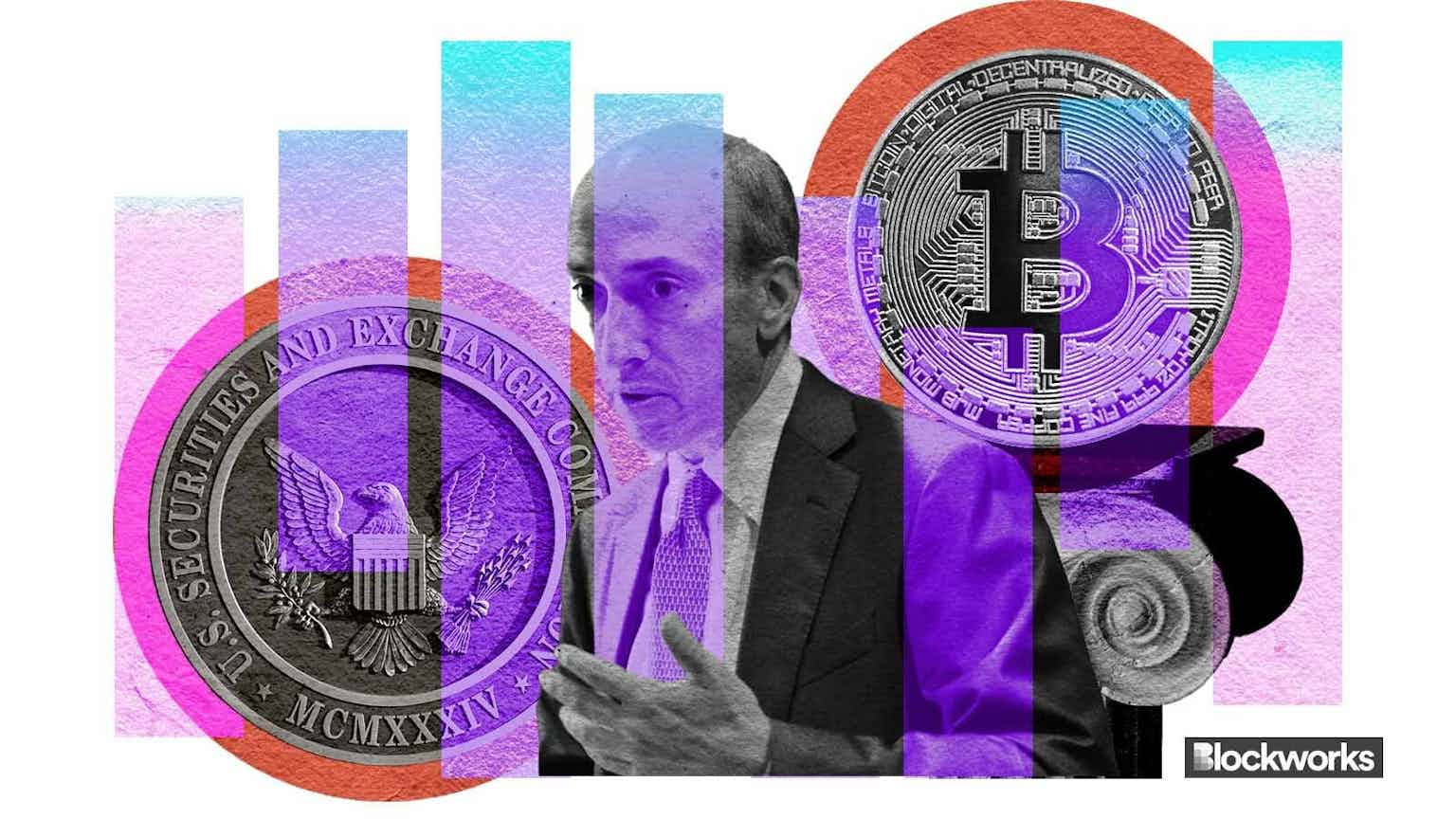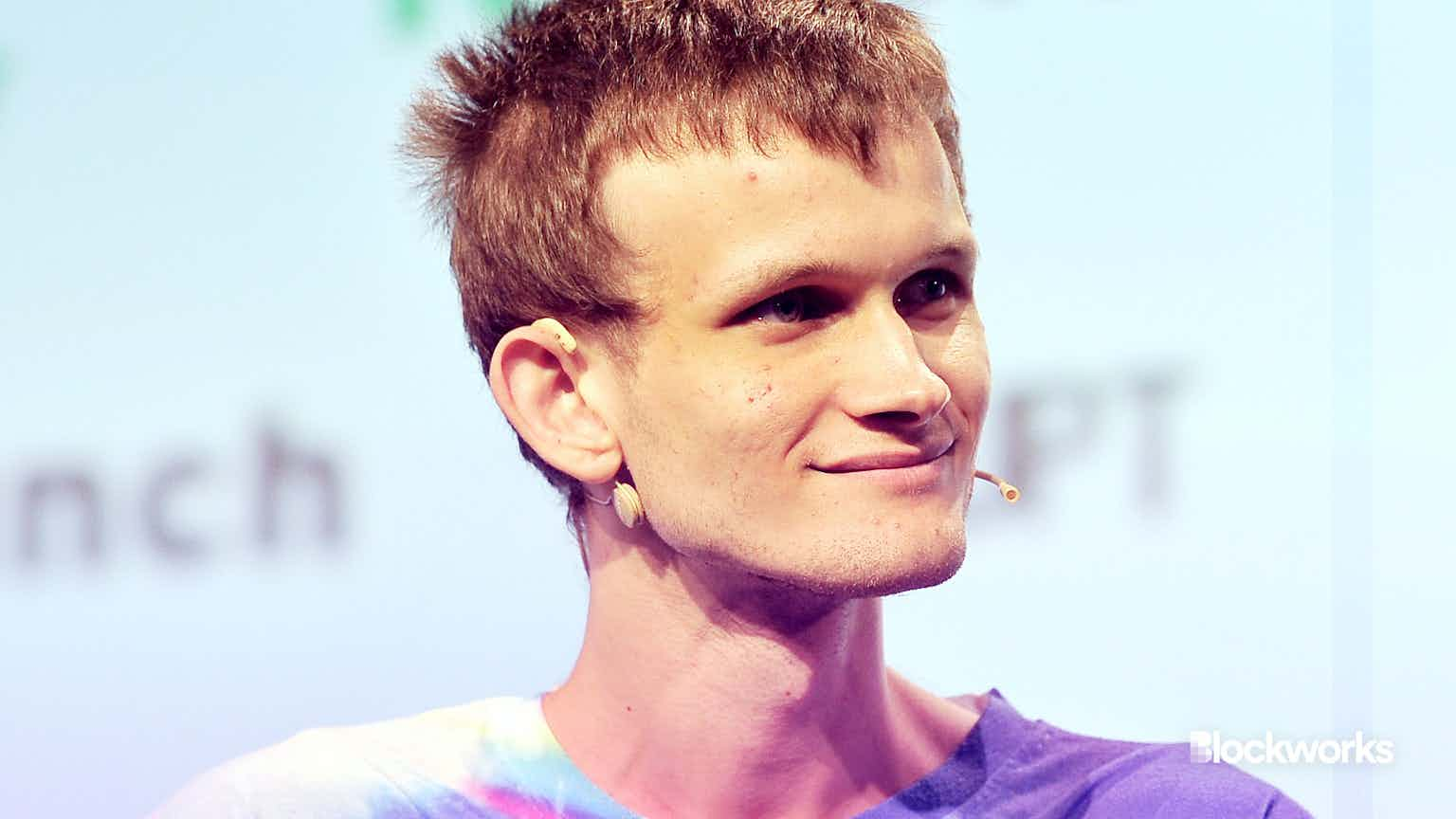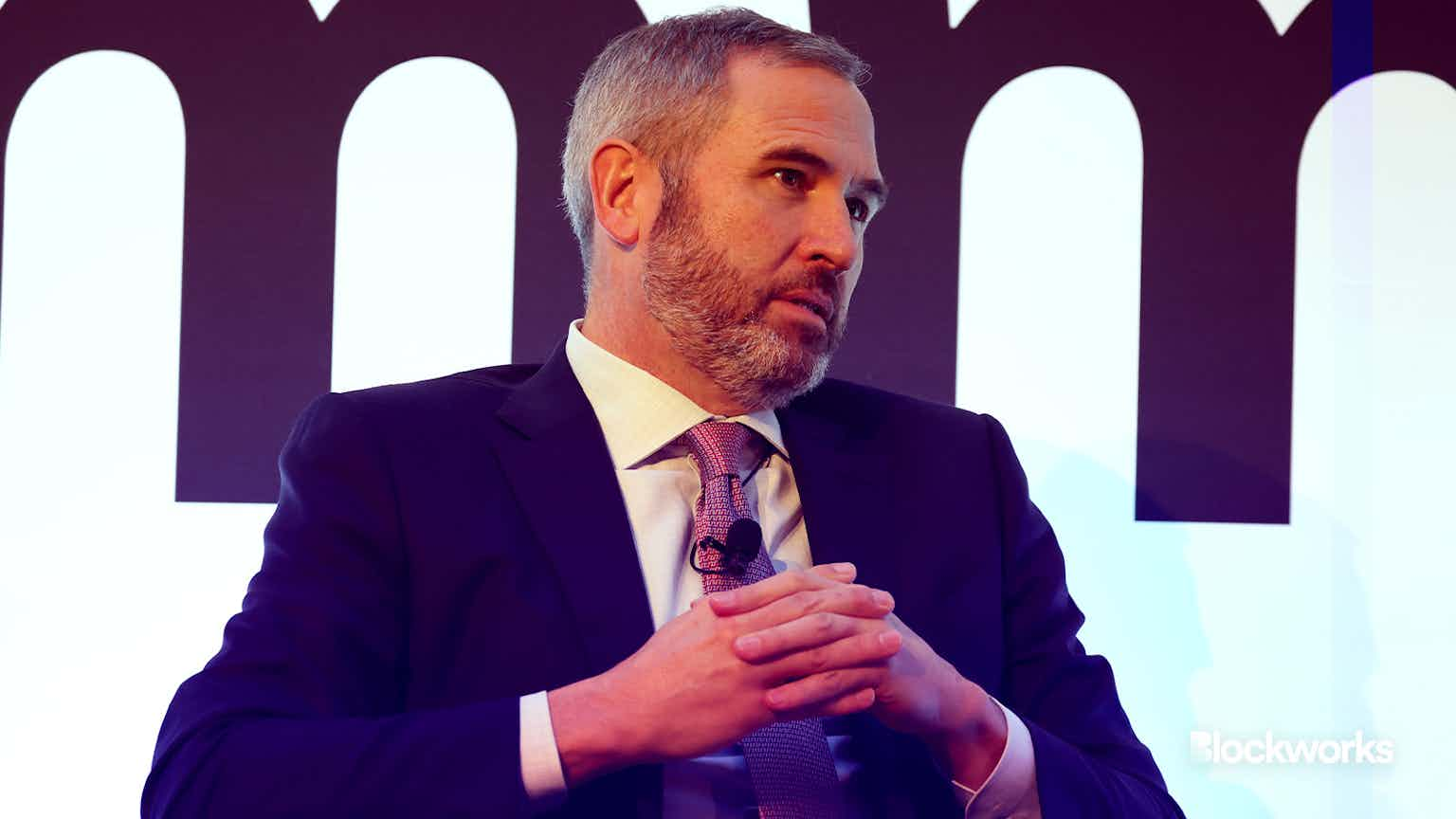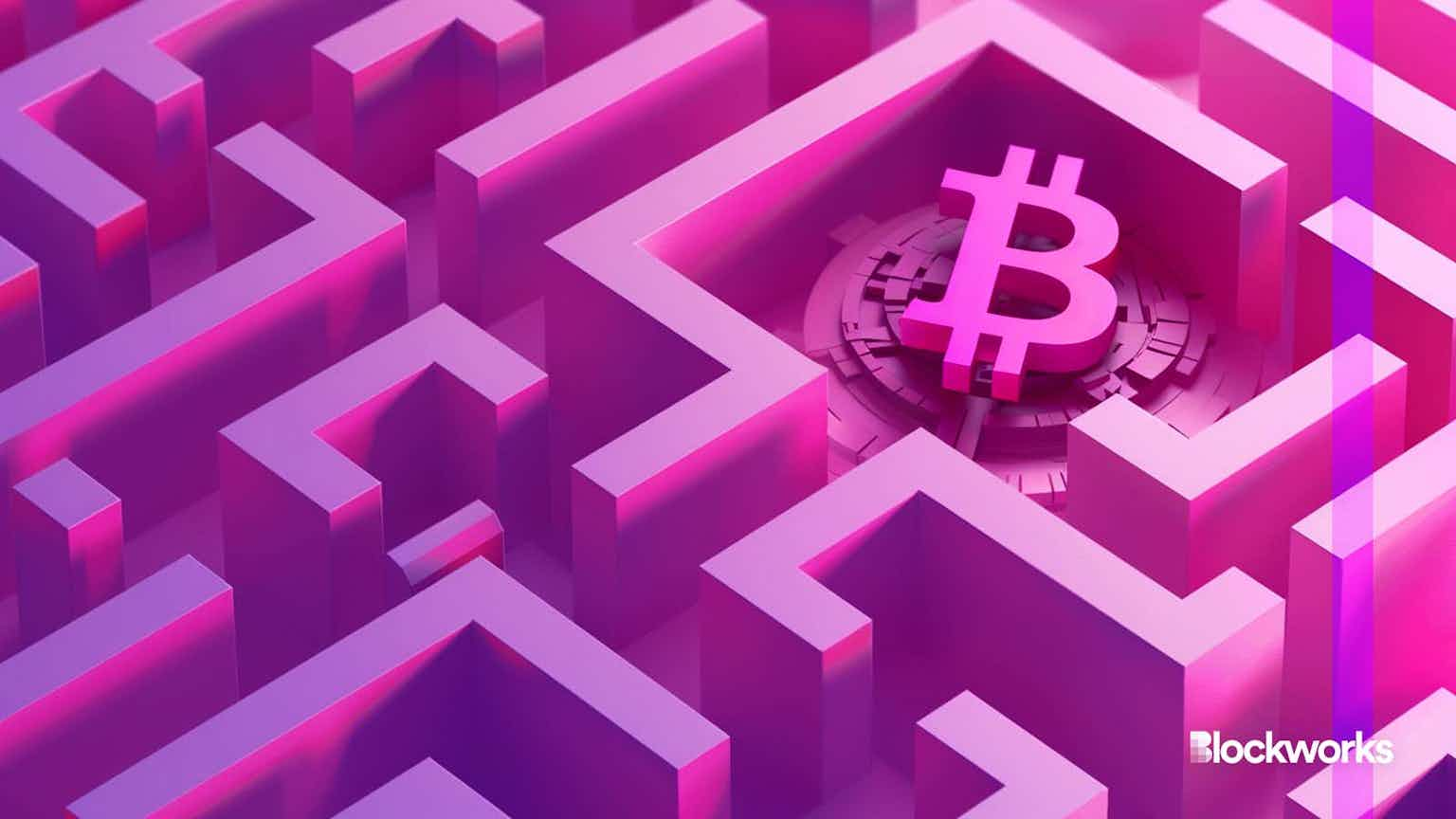Here’s what the current state of Bitcoin development looks like ahead of the halving
Bitcoin developers are looking at ways to grow the ecosystem amid a resurgence of interest in innovation and development
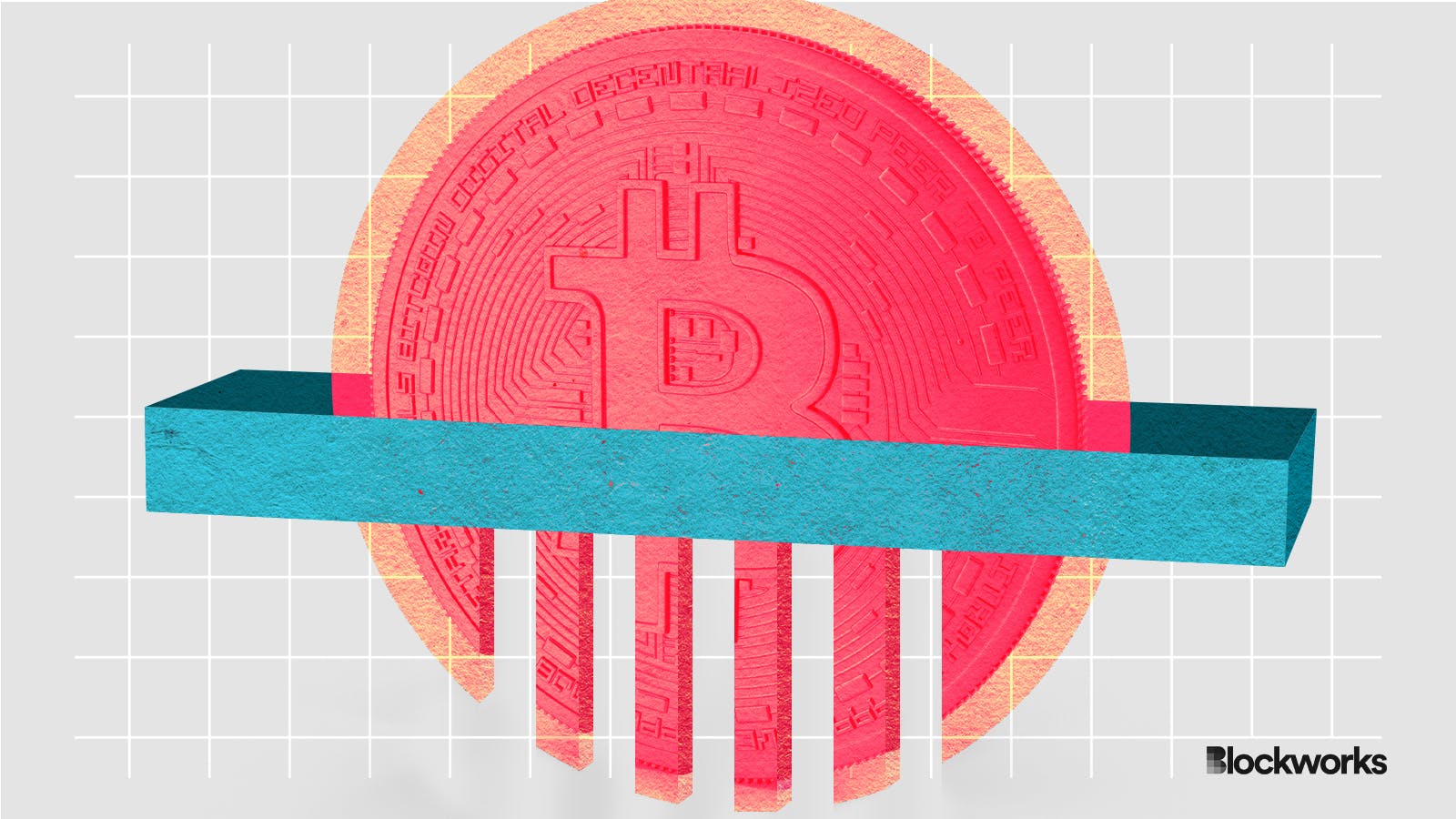
Artwork by Crystal Le
The Bitcoin halving, a significant event in the world of Bitcoin, is drawing near and is anticipated to occur next week.
Bitcoin is intentionally designed to have a maximum supply of 21 million coins. This is to prevent inflation and ensure that the currency remains scarce.
For day-to-day bitcoin holders, the halving will have little or no impact on their lives. However, for bitcoin miners, the halving will reduce the rewards they earn for their work from 6.25 bitcoin (BTC) to 3.125 BTC.
This means that bitcoin miners will inevitably receive a revenue cut following the event, and less efficient miners will likely be weeded out from accessing bitcoin rewards all together.
Read more: Why is 2140 the end of bitcoin inflation?
The initial hope of Satoshi Nakamoto, Bitcoin’s creator, was that Bitcoin would become well-adopted over time so that transaction fees could cover miners’ operational costs. Though miners are beginning to earn more revenue through transaction fees, many remain concerned that transaction fees alone are insufficient to keep miners on the network.
For this reason, many developers on Bitcoin are looking to increase interest in the network by developing tools that will allow more users to join the blockchain ecosystem.
Read more: The Bitcoin halving is just weeks away — here’s how miners have prepared
The resurgence of Bitcoin development
Mark Hendrickson, the general manager of bitcoin wallet, Leather, told Blockworks that there has been a resurgence of Bitcoin development over this past year.
“We saw it first, as a wallet provider, with Ordinals Protocol. Since that catalyst, we’ve witnessed Stamps, BRC-20, OP_CAT and now Runes just at the base layer. A lot of Bitcoin builders are now looking to scale through the expanding layer-2 ecosystem, with the announcement of new layer-2s like Merlin and B² Network, and bigger innovation from well-established layer-2s, like Lightning Network and Stacks,” Hendrickson said.
Hendrickson noted that developers are currently looking for the best programmability around Bitcoin, and there have been promising signs of healthy competition in the ecosystem to unlock Bitcoin functionality.
Read more: Q&A: What will the Bitcoin halving mean for Bitcoin L2s?
Jeremy Bruestle, the CEO and co-founder of RISC Zero, shared this sentiment. He added that there had also been a growing interest in introducing zero-knowledge (ZK) technology into the Bitcoin blockchain, and significant development resources have been allocated to innovating in the ecosystem.
“Addressing Bitcoin’s scaling challenges, while ensuring on-chain verifiability and data availability, has been the holy grail of Bitcoin development for nearly a decade. Old scaling attempts compromised Bitcoin’s security, which is why ZK and Bitcoin are such a good technological pairing,” Bruestle said.
Bruestle notes that what we are seeing now is very much just the tip of the iceberg. He remarks that with teams adopting ZK technology on Bitcoin, the technology itself could enable what smart contracts are on Ethereum to the Bitcoin ecosystem.
Read more: Bitcoin still has a scaling problem
However, Hendrickson remains cautiously optimistic about the future. With the current pace of innovation development, Hendrickson believes there should be a focus on token standards over experiments in the Bitcoin ecosystem.
“We must provide security, safety and an easy user experience if we’re going to truly bring activities like DeFi, art collecting and more to Bitcoin,” he said.
Start your day with top crypto insights from David Canellis and Katherine Ross. Subscribe to the Empire newsletter.

